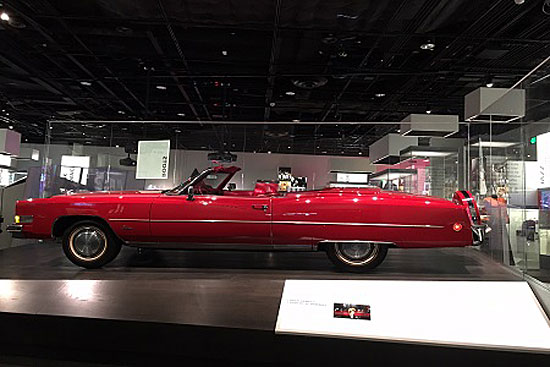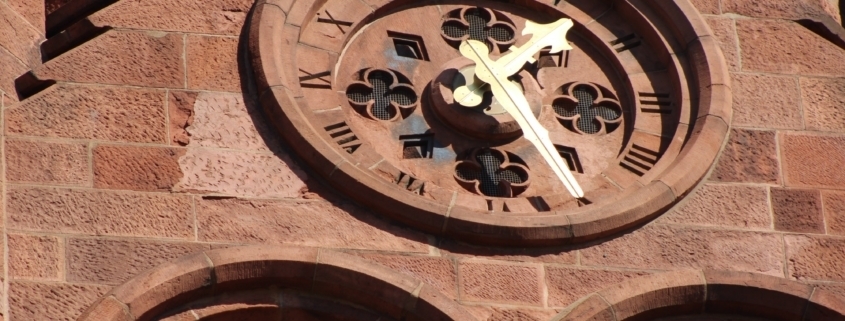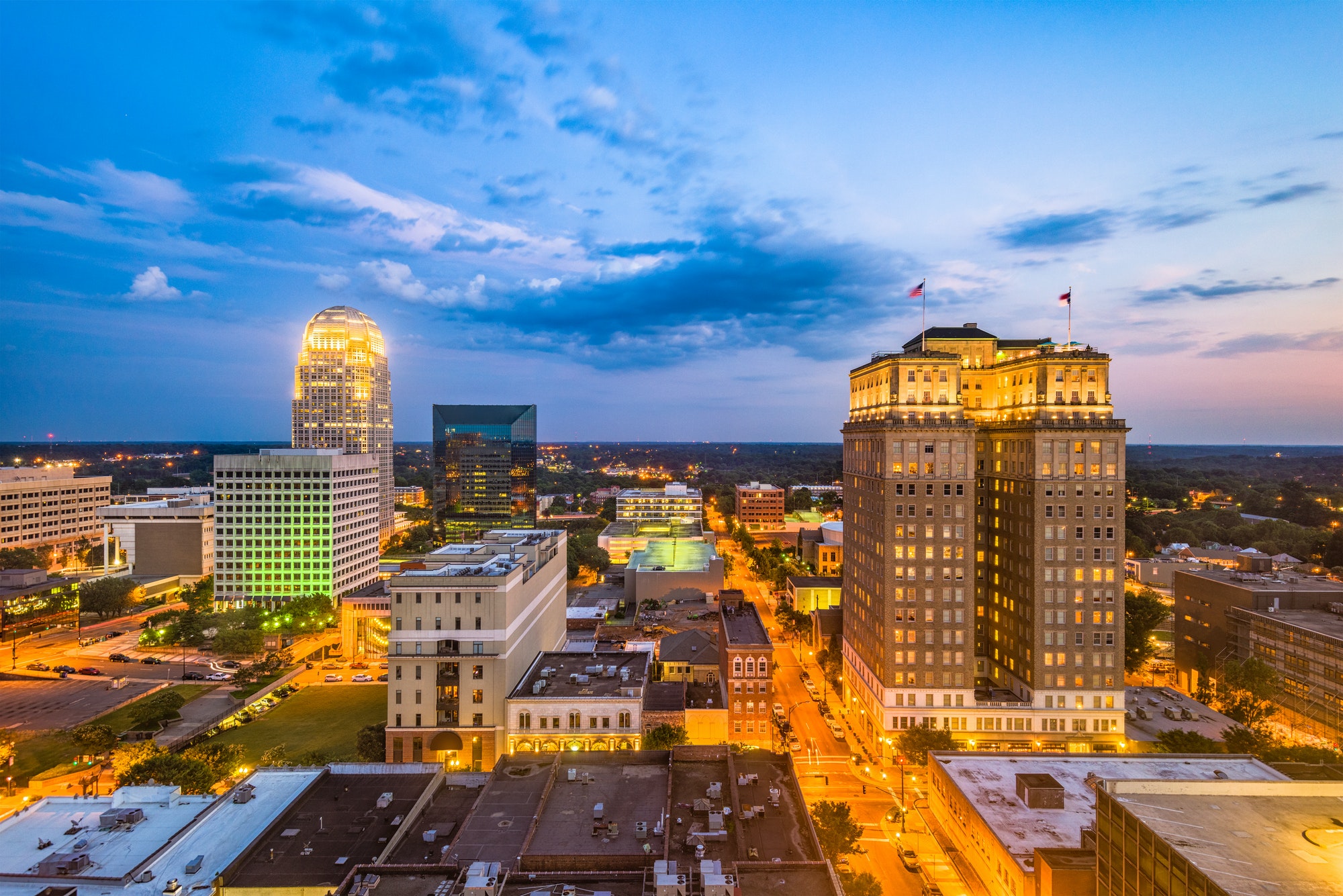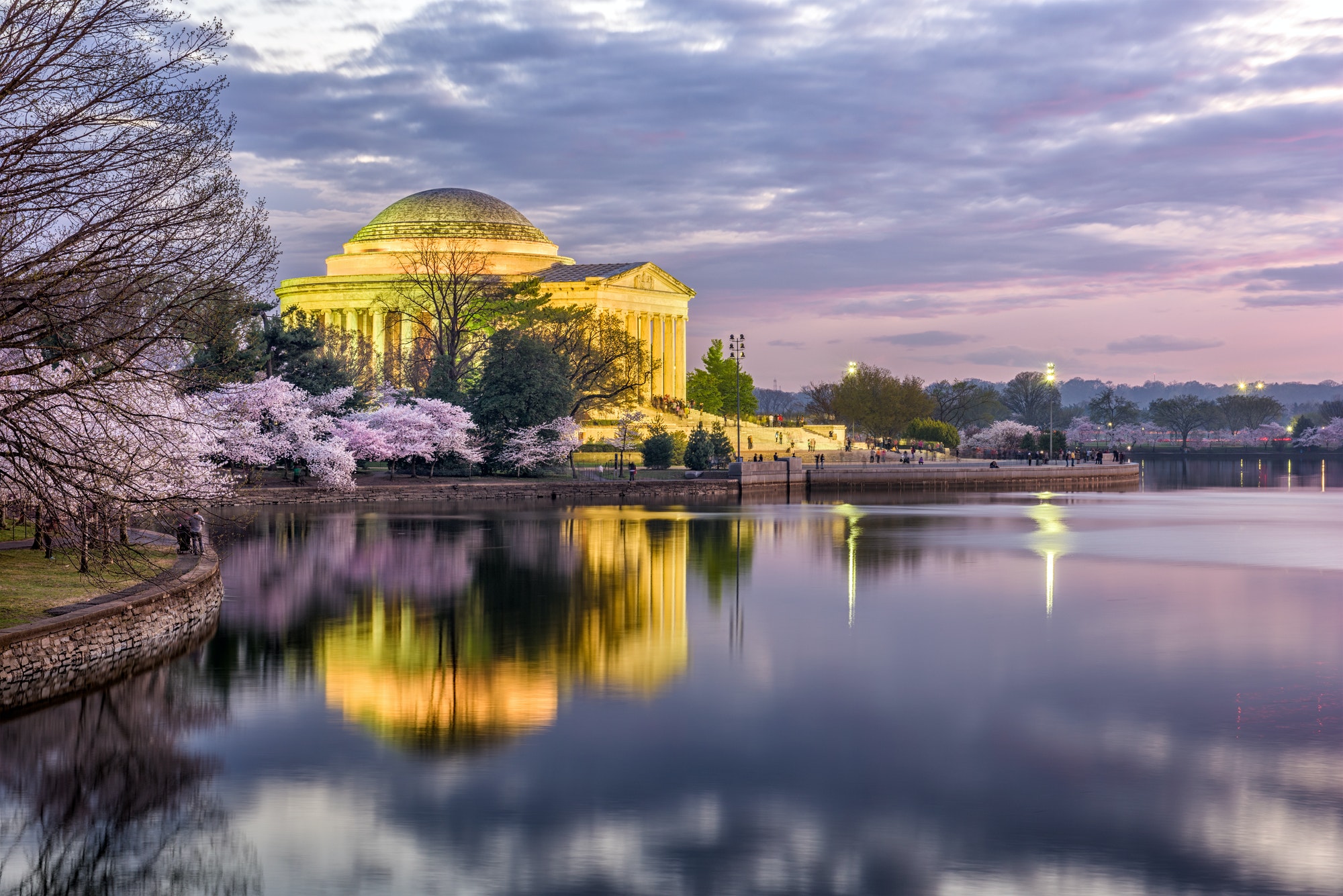Part 4: The New Smithsonian National Museum of African American History & Culture: Slavery, Military, Culture
Struggle, striving, and strength are essential parts of many American experiences. To these, the Smithsonian National Museum of African American History & Culture, which opened September 24, adds the backdrop of slavery and segregation. “ We needed to craft a museum to help people of all races and ethnicities realize how the African American experience is the American experience,” said Lonnie G. Bunch III, the museum’s founding director.
Here’s how three of the 12 inaugural galleries develop those formidable themes.
Slavery and Freedom Gallery
 © Candyce H. Stapen Photography
© Candyce H. Stapen Photography The exhibits and facts in the slavery gallery deepen one’s understanding of early America’s acceptance of the inhuman practice. By 1775, Colonial America had 127,200 enslaved Africans. Behind a statue of founding father Thomas Jefferson stand a stack of more than 300 bricks, each one etched with the name of a slave he owned. The juxtaposition is powerful. The gallery displays shackles, a slave cabin, advertisements for slaves, and other reminders of America’s subjugation of blacks. But there are also reminders of hope and resilience, such as African American abolitionist Harriet Tubman’s soft peach shawl, a ladylike reminder of her iron determination and courage in freeing hundreds of slaves through the Underground Railroad.
Military History
The Military gallery traces the participation of African Americans in US conflicts from the Revolutionary War to the present. In spite of the history of slavery, segregation, and second-class citizenship, African Americans risked their lives for a country that didn’t fully accept them.
 © Candyce H. Stapen Photography
© Candyce H. Stapen Photography “African Americans have always fought for the US,” says Krewasky Salter, curator of the Military History Gallery. View a powder horn from an African soldier who fought in the Revolutionary War; a sword from a United States Colored Troops’ soldier; learn about Dorie Miller, a steward aboard the ship bombed by the Japanese in Pearl Harbor, who shot down two Japanese aircraft despite not being trained to use weapons; and see the faces of the 89 African American Medal of Honor recipients. As Salter explains, African Americans in the military fought for a “double victory” – victory abroad and victory at home in the form of greater freedoms and equality.
Culture
 © Candyce H. Stapen Photography
© Candyce H. Stapen Photography The Culture Galleries on the museum’s upper levels are celebratory. Barrier-breaking musicians, singers, artists, and writers are showcased. View the outfit Marian Anderson wore for her concert at the Lincoln Memorial, a venue chosen after she was barred from DAR Constitution Hall. See Chuck Berry’s red Cadillac convertible, a symbol of success; the vest actor, singer and activist Paul Robeson wore when he played Othello; and watch clips of Harry Belafonte, Ruby Dee, and Sidney Poitier. Although little of the personal struggle of each artist is presented, their perseverance is understood and their talent commemorated. It’s enough to make a visitor feel like applauding.
Tip: Reserve free timed-entry tickets to the museum well-in-advance by going to the museum’s website.


 Physician's Money Digest
Physician's Money Digest Physician's Money Digest
Physician's Money Digest Physician's Money Digest
Physician's Money Digest Physician's Money Digest
Physician's Money Digest Washingtonian
Washingtonian Physician's Money Digest
Physician's Money Digest The Washington Post
The Washington Post Physician's Money Digest
Physician's Money Digest